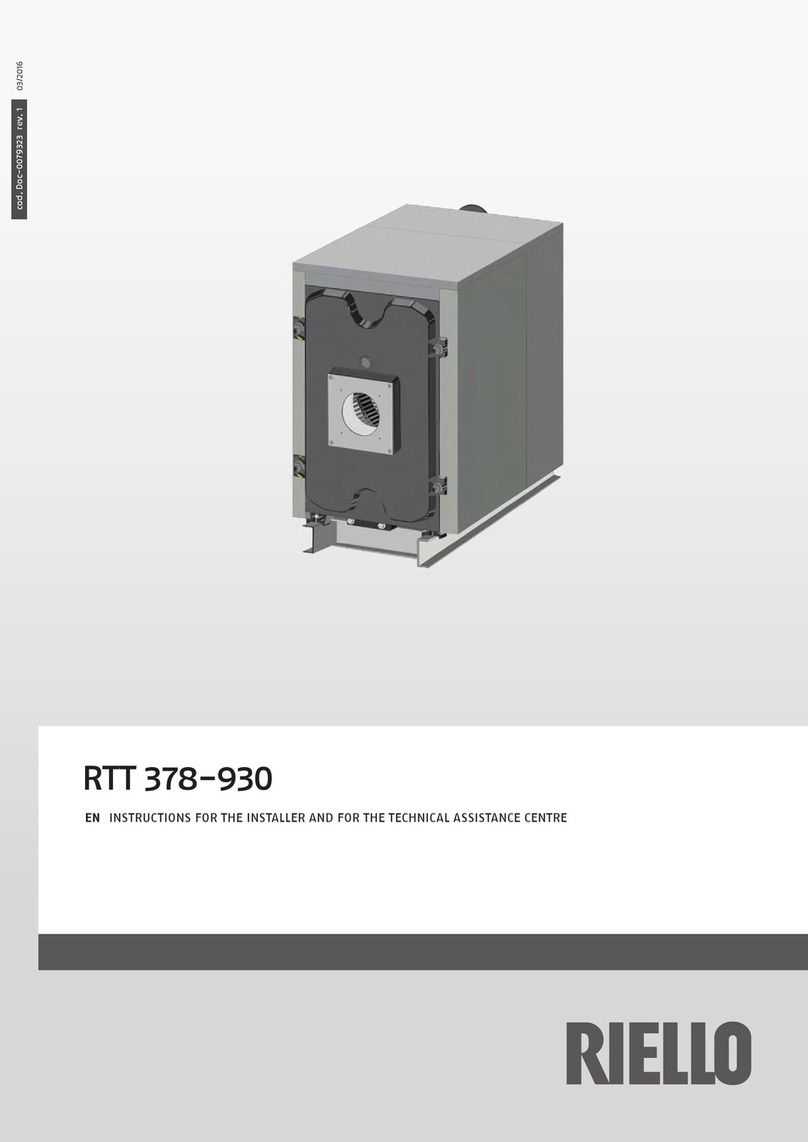Riello RTT 76 User manual
Other Riello Boiler manuals
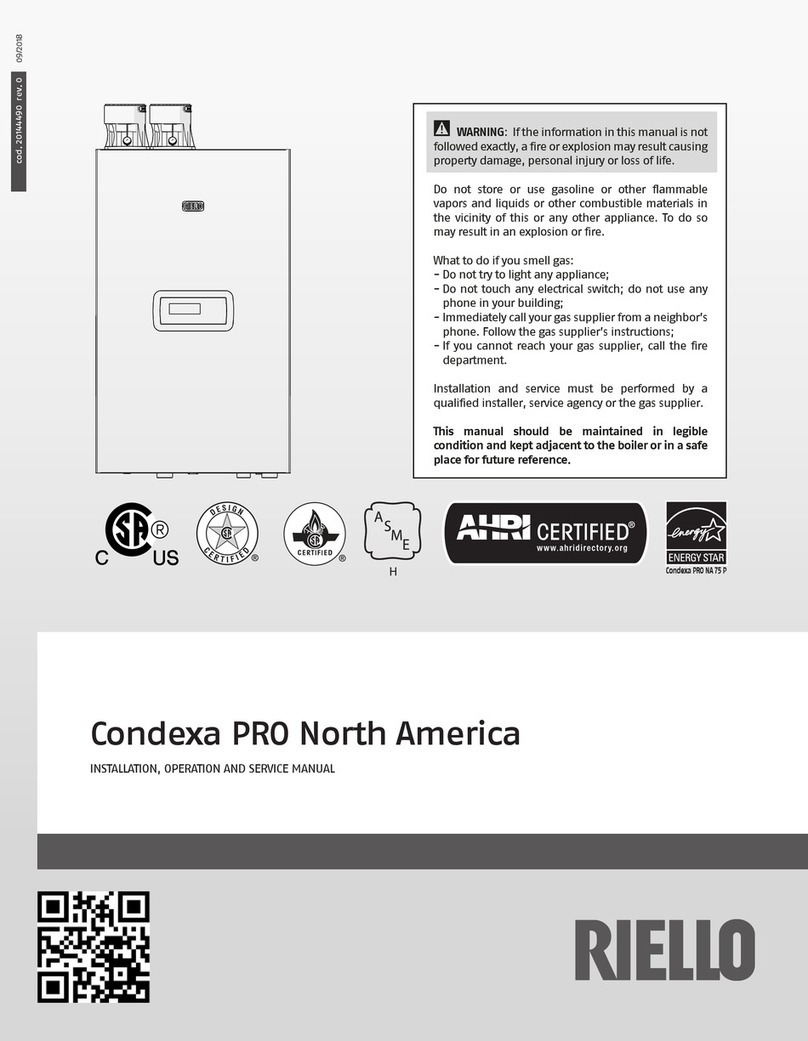
Riello
Riello Condexa PRO NA 75 P Setup guide
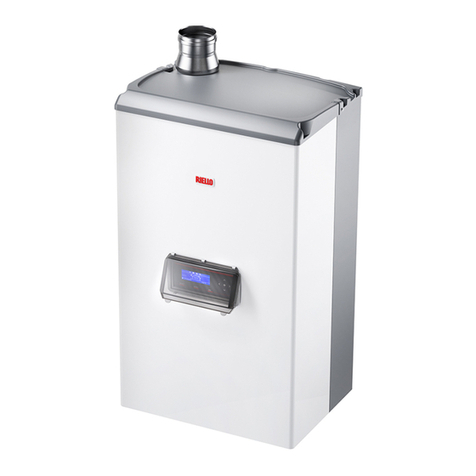
Riello
Riello Condexa PRO Series User manual

Riello
Riello TAU 1750 N Service manual
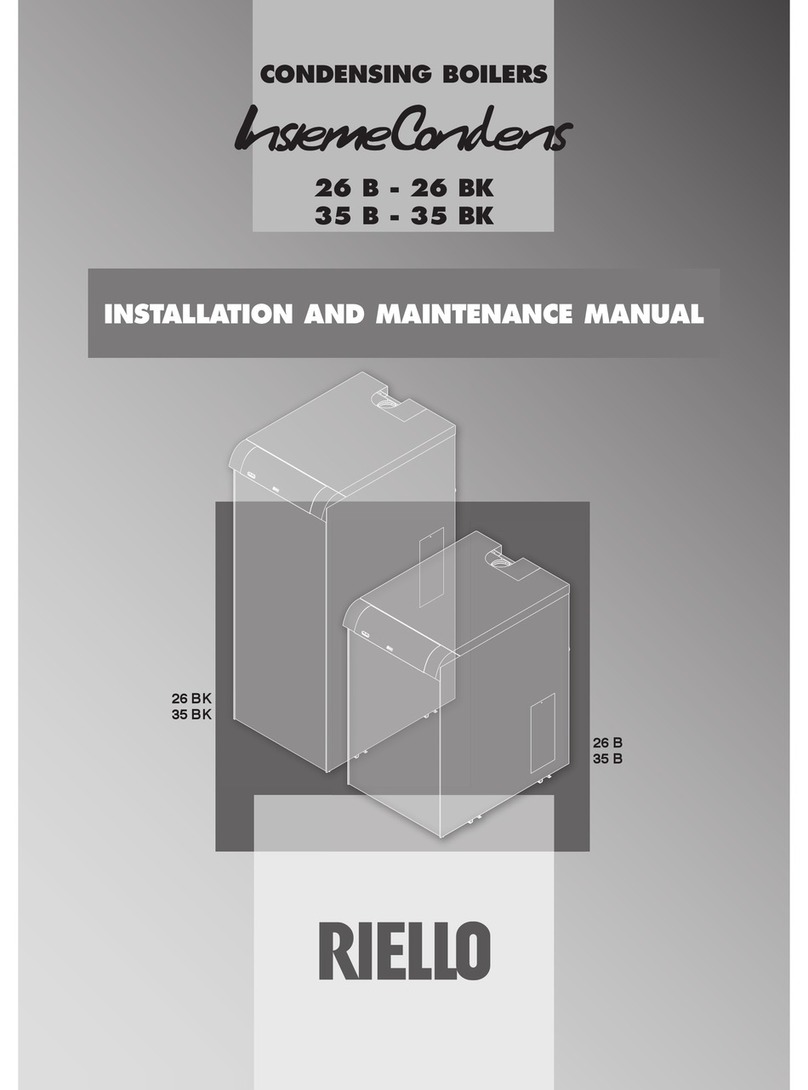
Riello
Riello INSIEME CONDENS 26 B Manual

Riello
Riello Residence Condens i User manual
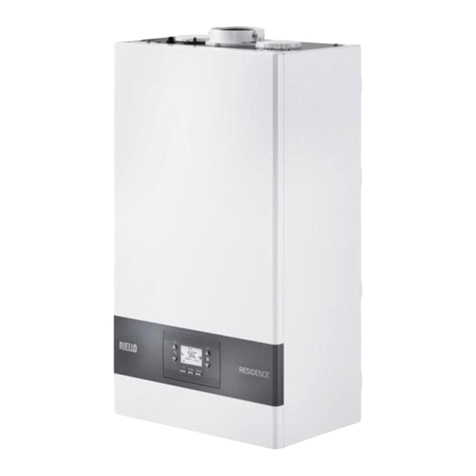
Riello
Riello RESIDENCE KIS Operation and installation manual

Riello
Riello KOMBISOLAR 430 3S User manual

Riello
Riello VOKERA Easi-Heat Plus C Release note

Riello
Riello KV 130 - 28 User manual
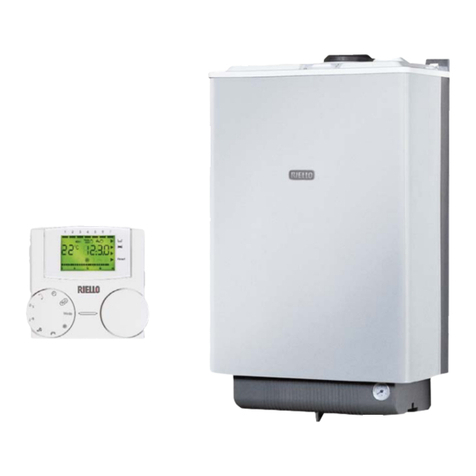
Riello
Riello Residence Externa Condens KIS i User manual

Riello
Riello Family PRO 42 KIS Guide
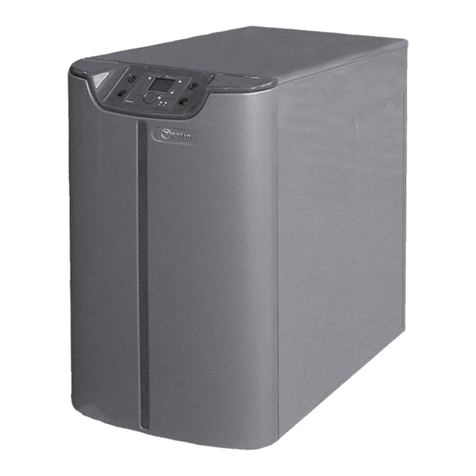
Riello
Riello TAU UNIT OIL 28 G FLEX Instruction Manual
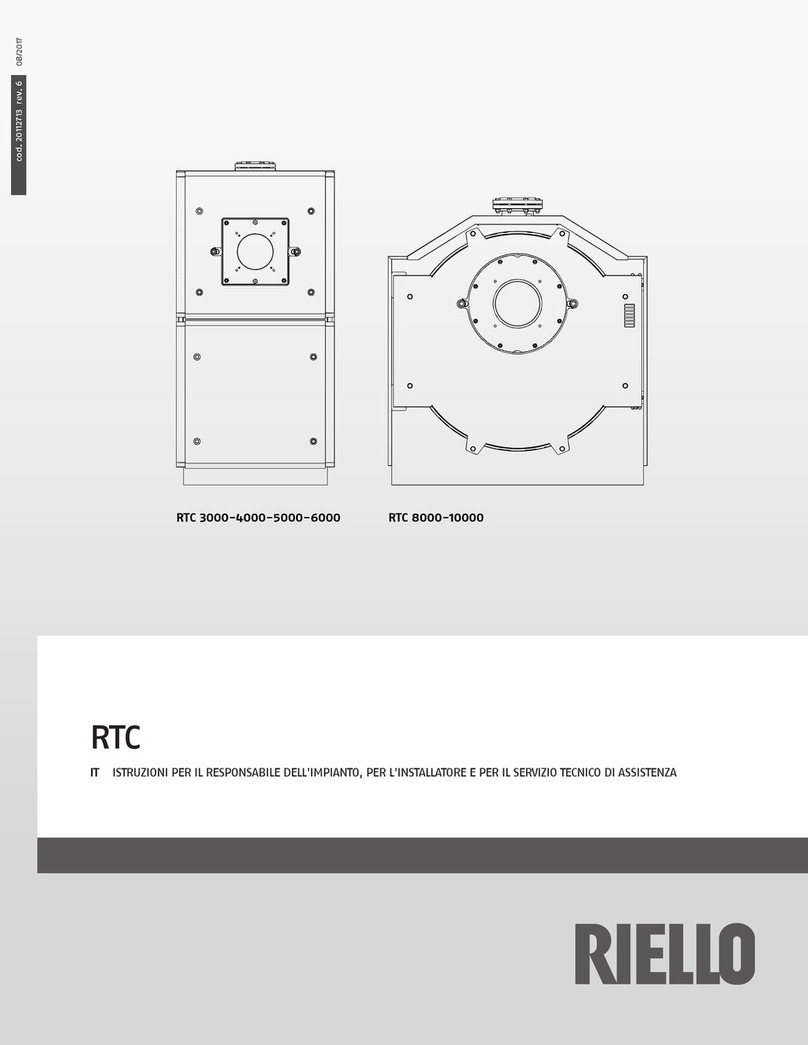
Riello
Riello RTC Series User manual
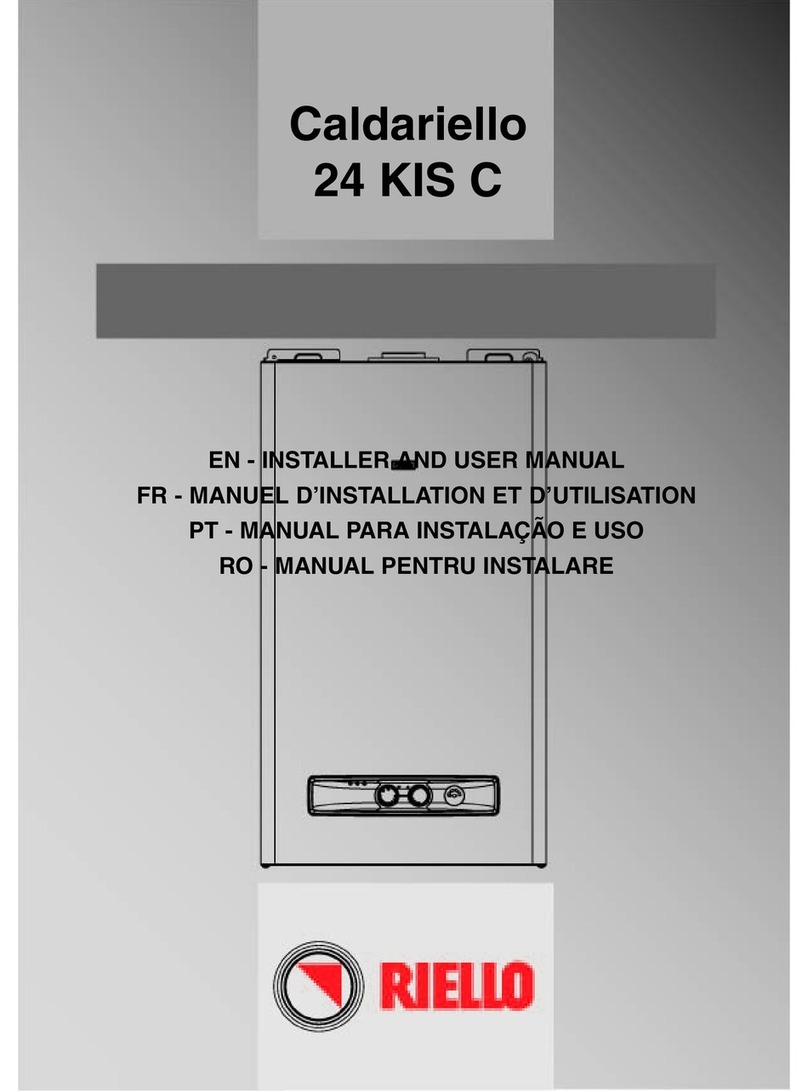
Riello
Riello Caldariello 24 KIS C Operation and installation manual
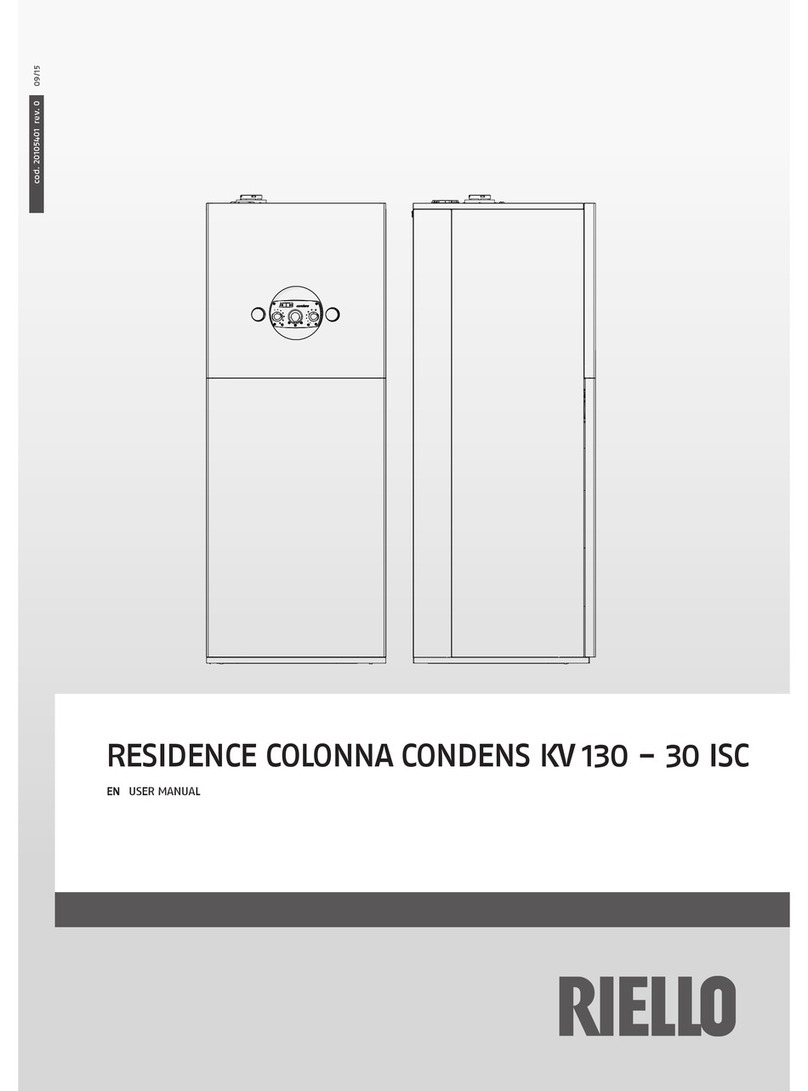
Riello
Riello Residence Colonna Condens KV 130-30 ISC User manual

Riello
Riello Caldariello 24 KIS C Operation and installation manual

Riello
Riello INSIEME EVOe 25 B/70 LN User manual

Riello
Riello INSIEME EVOe 32 V LN User manual
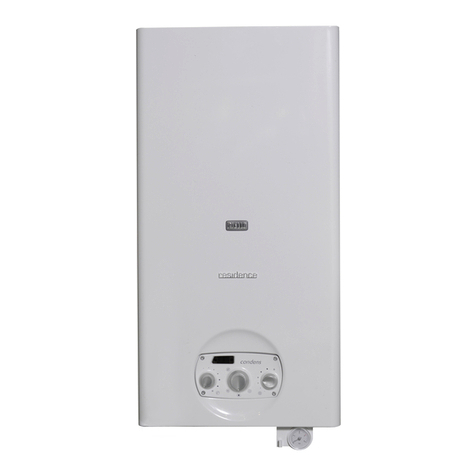
Riello
Riello Caldariello Condens 25 KIS Operation and installation manual
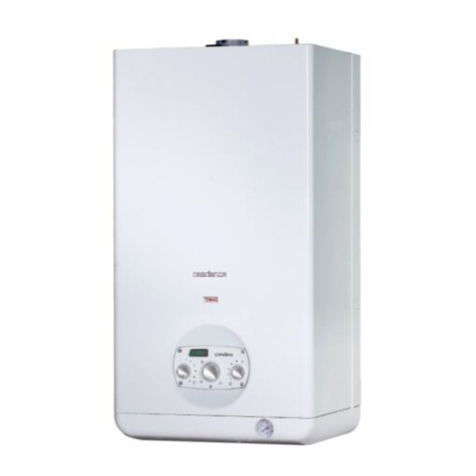
Riello
Riello Residence Condens IS n Operation and installation manual
Popular Boiler manuals by other brands

IDEAL
IDEAL IMAX XTRA EL 320 user guide

UTICA BOILERS
UTICA BOILERS BC3D Installation, operation & maintenance manual

Lochinvar
Lochinvar SOLUTION 260000 Installation & service manual

Weil-McLain
Weil-McLain EG 6 Series manual

RBI
RBI LCD Series Installation & operation manual

Baxi
Baxi MainEco Combi 28 Installation and service manual

Unical
Unical ALKON R 24 Installation and Servicing Manual

Automatic Heating
Automatic Heating Gasogen Installation and Servicing Manual

Viessmann
Viessmann VITORADIAL 300-T Type VR3 Service instructions for contractors

Alpha
Alpha GasSaver GS-1 Installation and servicing instructions

Baxi
Baxi ROCA LAURA PLUS 28/28 Operating, cleaning and maintenance instructions for the user

Vaillant
Vaillant uniSTOR VIH SW GB 500 BES operating instructions

Kärcher
Kärcher HWE 4000 Gas manual

Radijator
Radijator BIO max 23.1 instruction manual

Granby
Granby BKC Installation, operation and maintenance manual

Brunner
Brunner BSV 20 Instructions for use

Potterton
Potterton 50e Installation and Servicing Manual

UTICA BOILERS
UTICA BOILERS TriFire Assembly instructions

